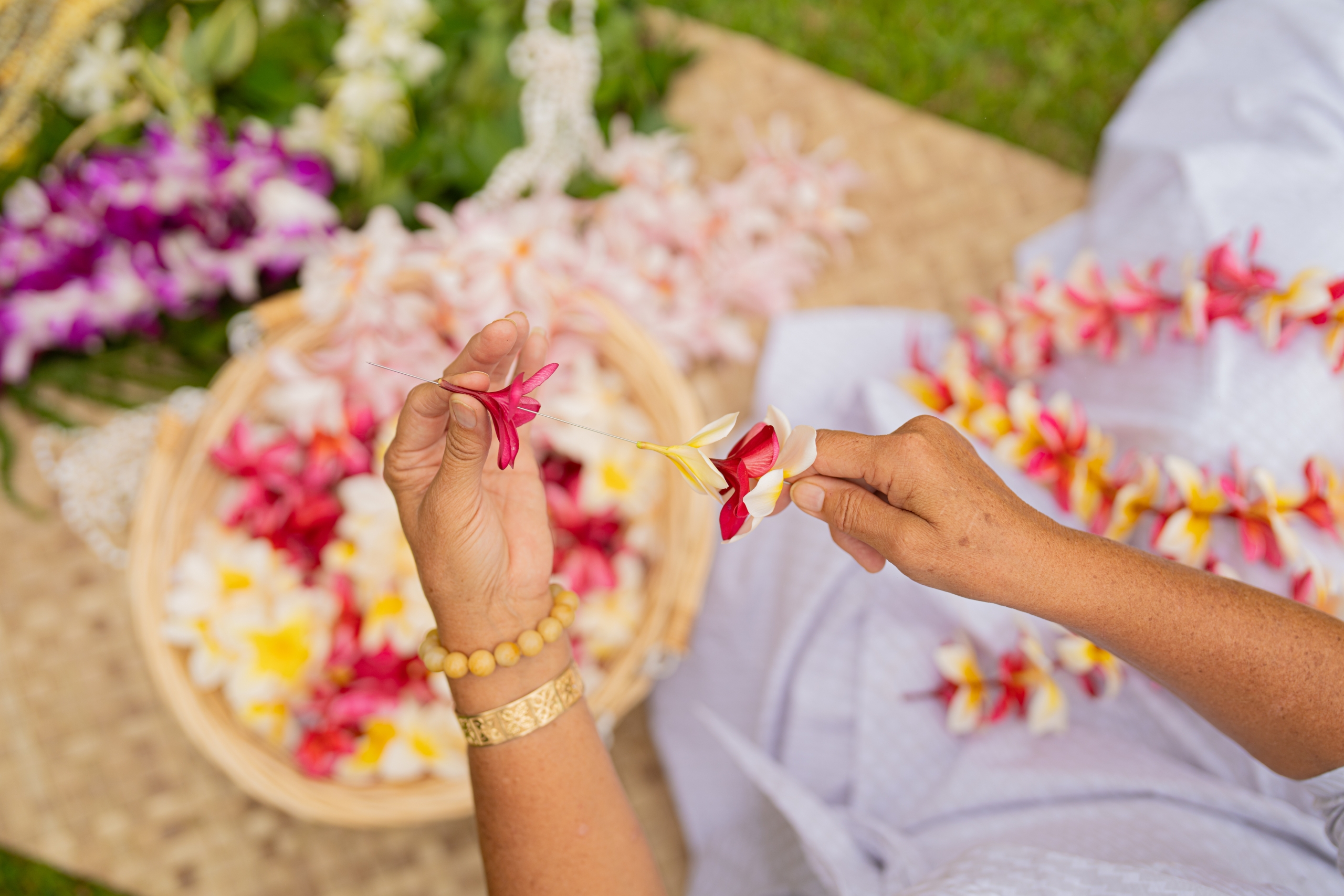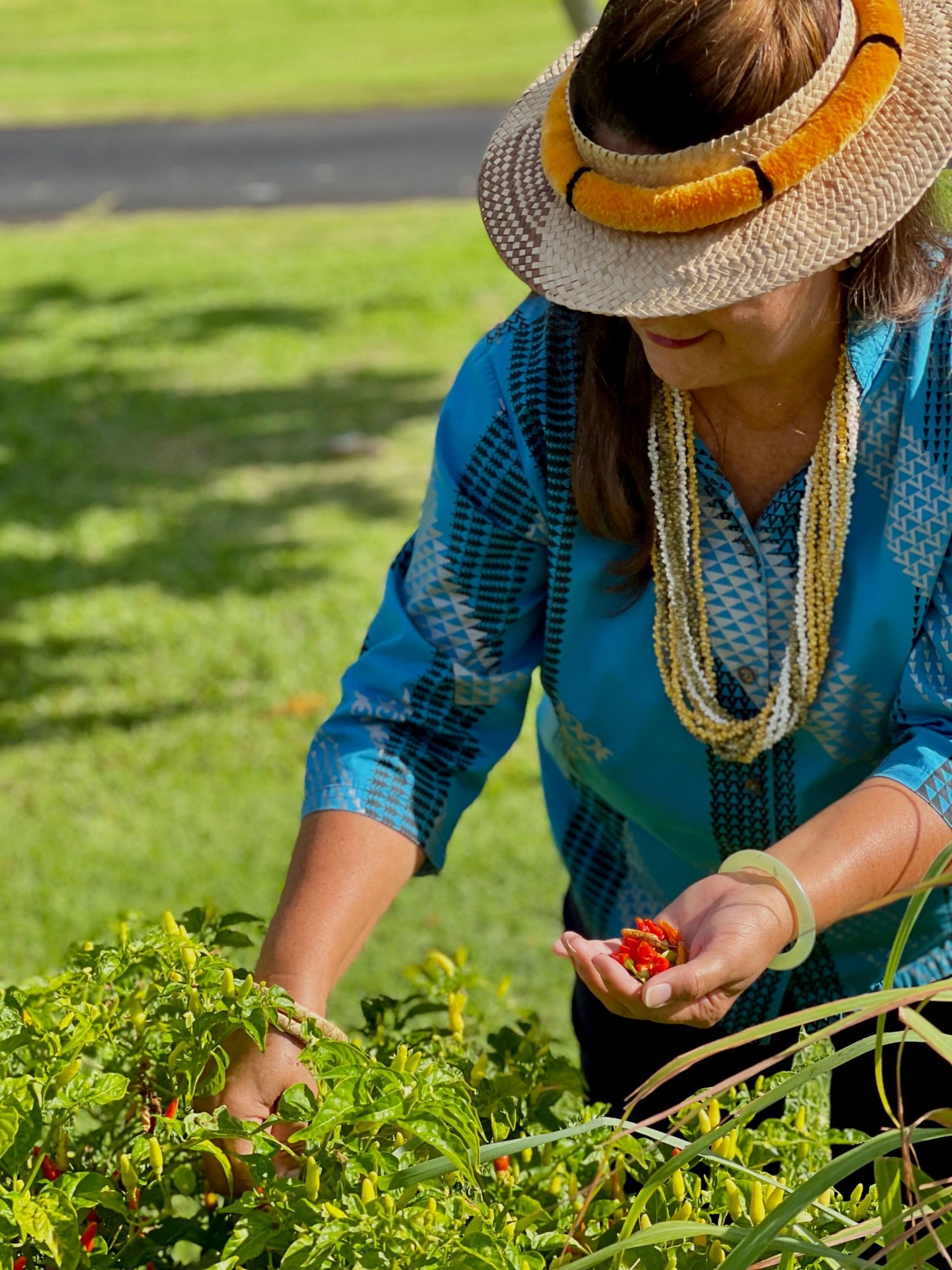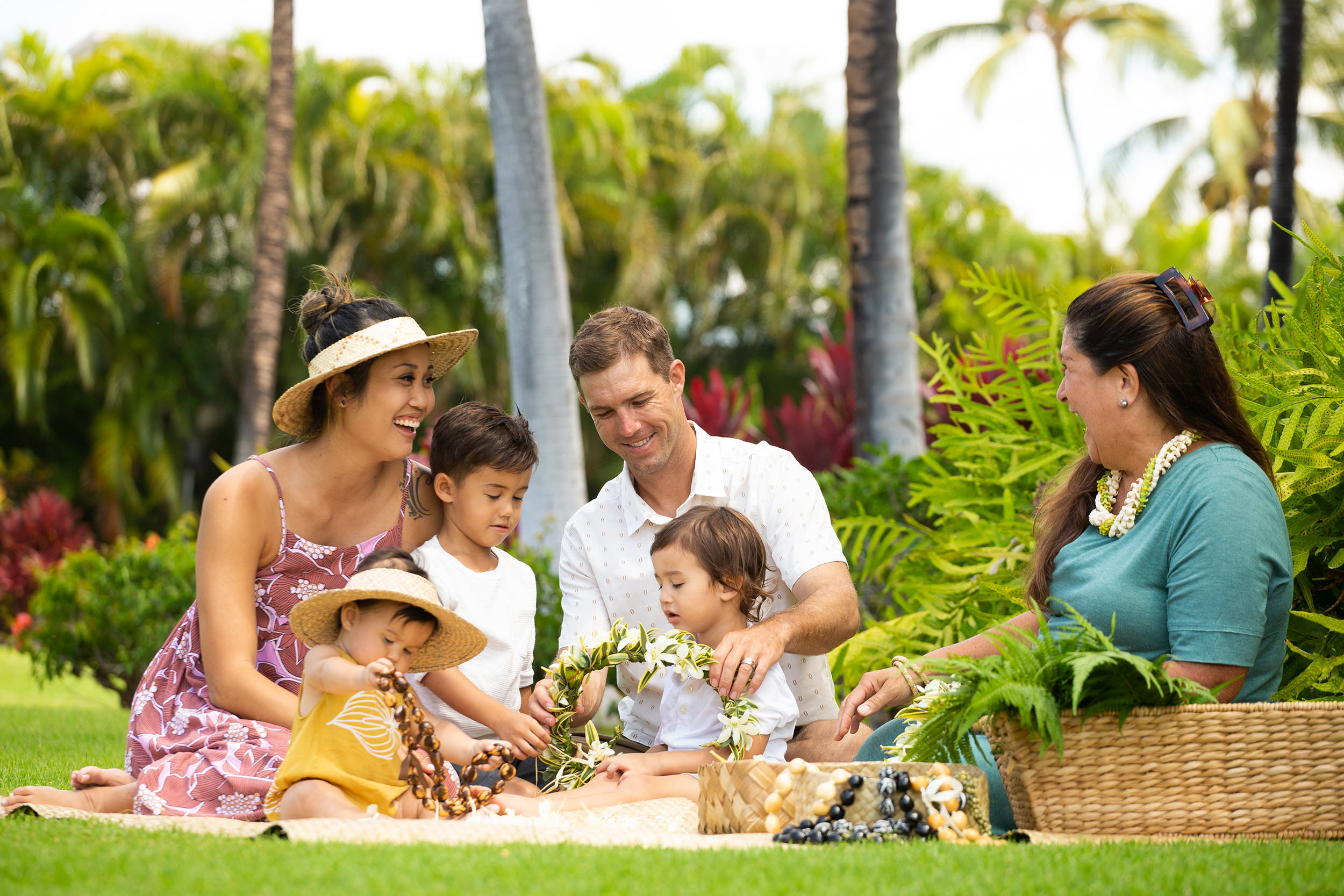Mālama Hawaiʻi: Embracing the Spirit of Care and Preservation
Mālama is a Hawaiian value that means to take care of, tend, care for, preserve, protect and more. Just as aloha permeates every facet of life, everything we say, do and touch, mālama does as well. Mālama ‘āina is the value of taking care of, or caring for the land, island, and planet. It is about the relationship that man has with our ‘āina (land), literally meaning “that which feeds.” What one does to keep the ocean clean and pristine is “mālama kai.” Mālama is the value that teaches us to stop and think about taking care of everyone, and every living thing in our life circle, including ourselves.
As children, we are taught our place in our ‘ohana (family) is to mālama all those younger and smaller, and all generations above us’. When one truly cares for others, you take time to learn how they need and want to be cared for. I can’t help but think of my two younger brothers; one was happy to have company while he did what he enjoyed doing, and the other wanted me 100% actively engaged in everything.

One of my favorite activities is lei making, which requires skills in growing, caring for and gathering flowers and greenery, preparing each item, keeping each item fresh and beautiful from start to finish, and proper clean up and storage of the lei. We learn to mālama each plant we engage with for lei making, being sure to state the intention of our gathering before removing items from the plant, and to ensure the plant is left in good condition. Sometimes this means we may spend more time than usual in trimming a plant that is overgrown or has an invasive vine growing on it to ensure the plant is healthy.
Ti leaves are the number one foundation for lei making. Though they grow abundantly in Hawai‘i, they are used in a multitude of ways, so care is necessary when picking ti leaves. We are taught to remove the entire leaf off the stalk, being careful not to break the stalk. Pick from the bottom leaf and work your way up, removing the oldest leaf and continuing till you get to the leaf you need. This is what is best for the plant and is the best way to mālama the plant. This also keeps the plant beautiful and pleasing to the eye. It may be more efficient to cut the leaf off at the stem, but it is not good for the plant if half of the stem is left on the stalk. The plant gets confused thinking there is still a leaf there that needs to be fed and kept alive, however the stem withers slowly and other parts of the plant may suffer, while the plant continues to look uncared for.
These are simple examples of mālama that can be incorporated into everyday life by taking time to think about our actions and how we can help everything and everyone to prosper. Take time to ensure that you and all things and people you love, feel and look like they are well cared for.
E mālama pono. Take good care.
Ready to experience what it means to mālama Hawaiʻi first-hand? Join Kaʻiulani on a Hawaiian cultural adventure today.



